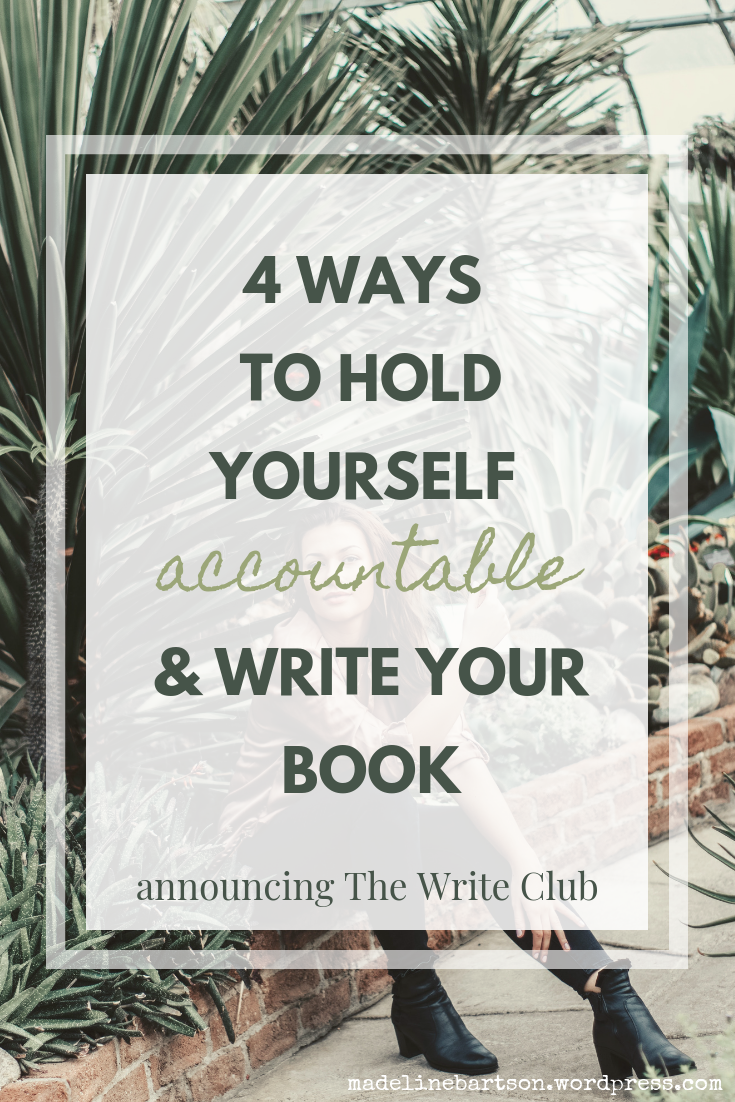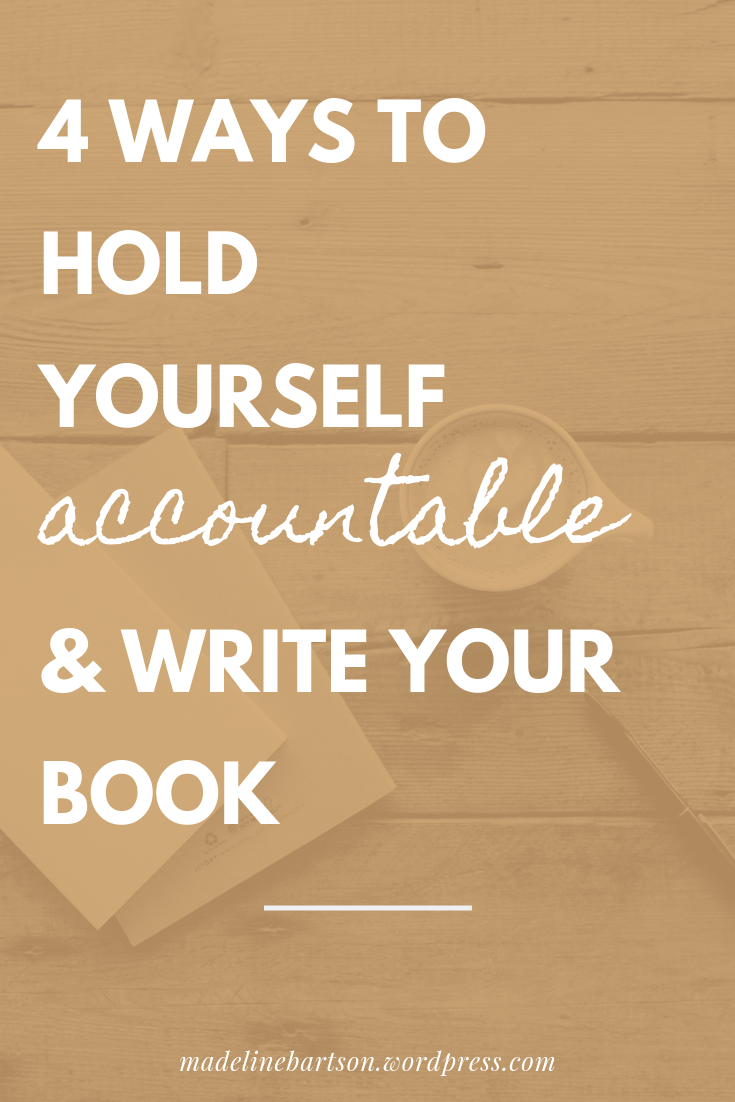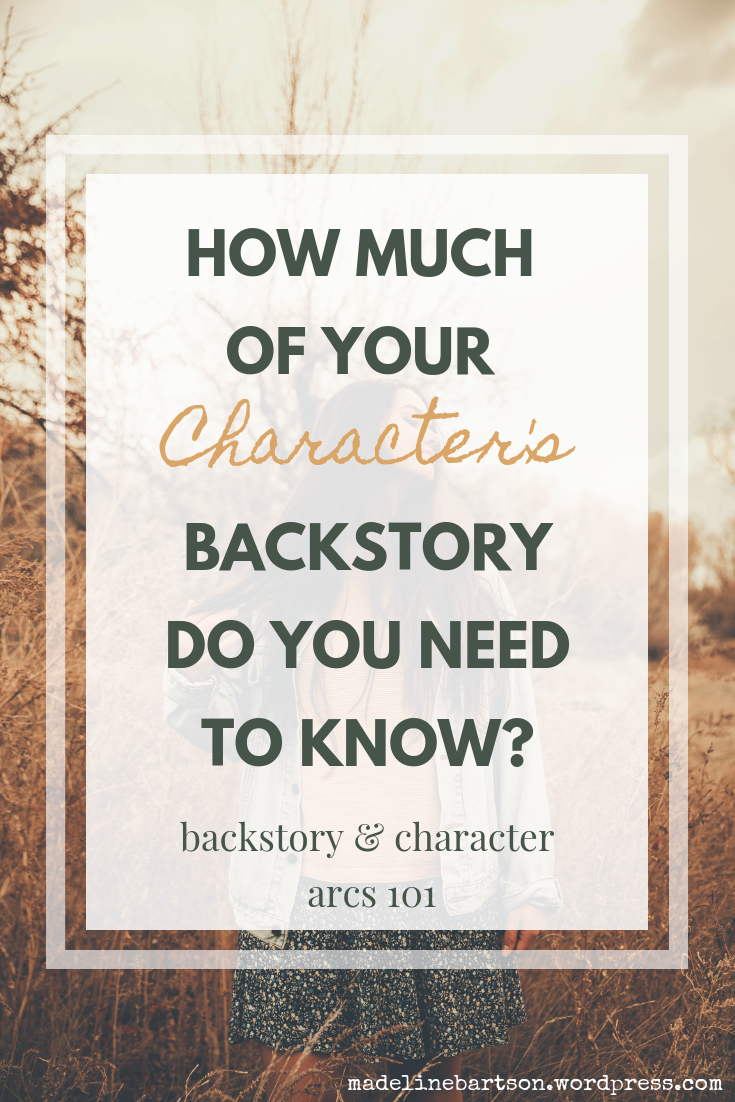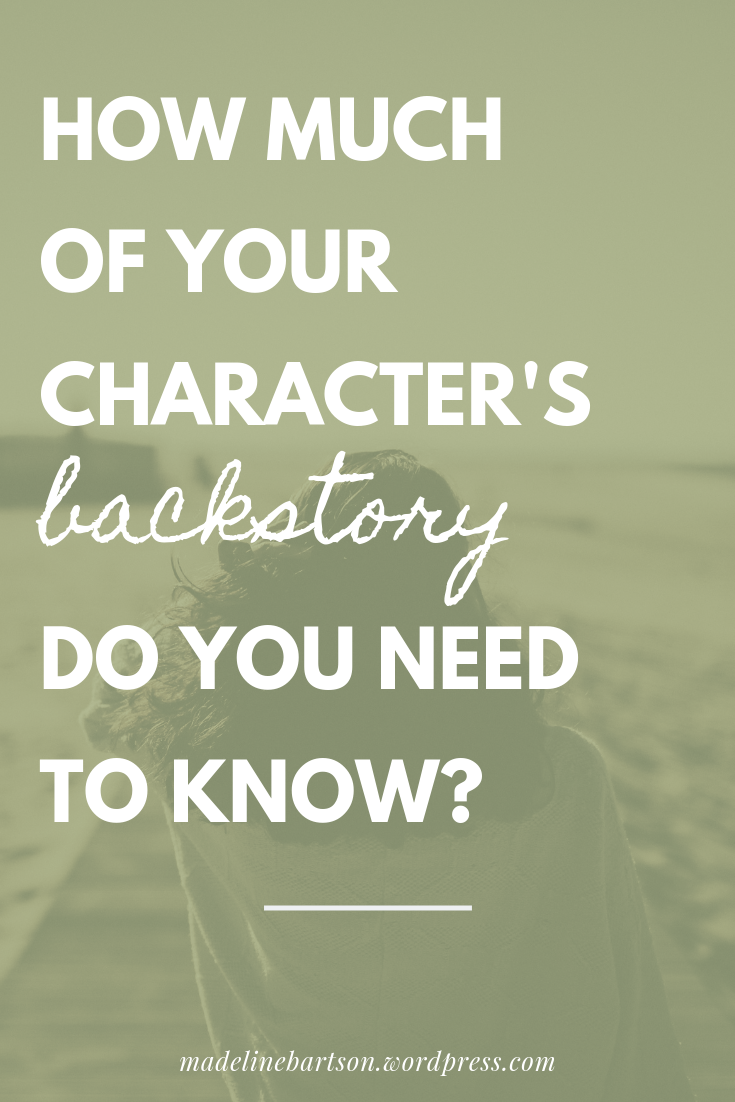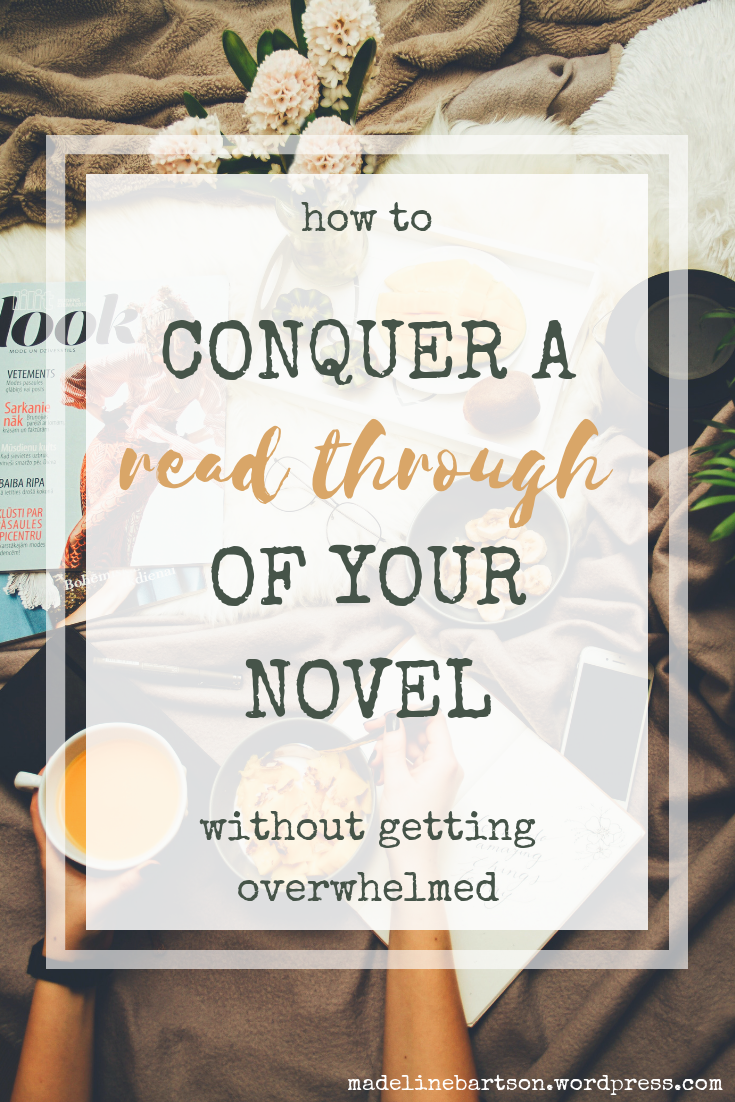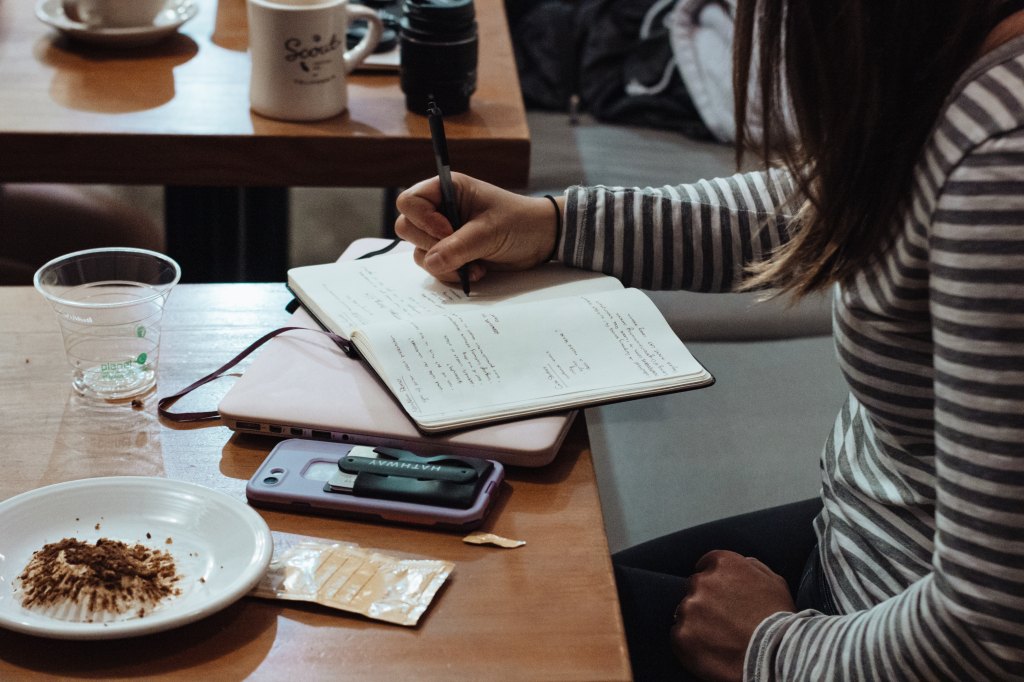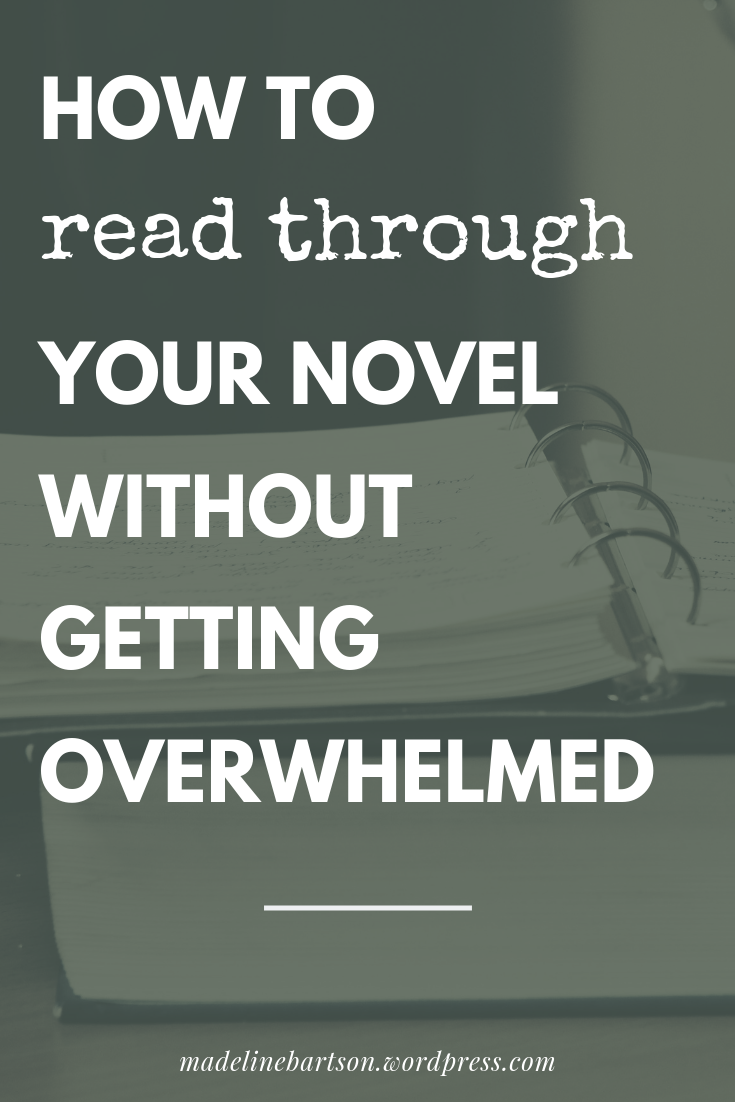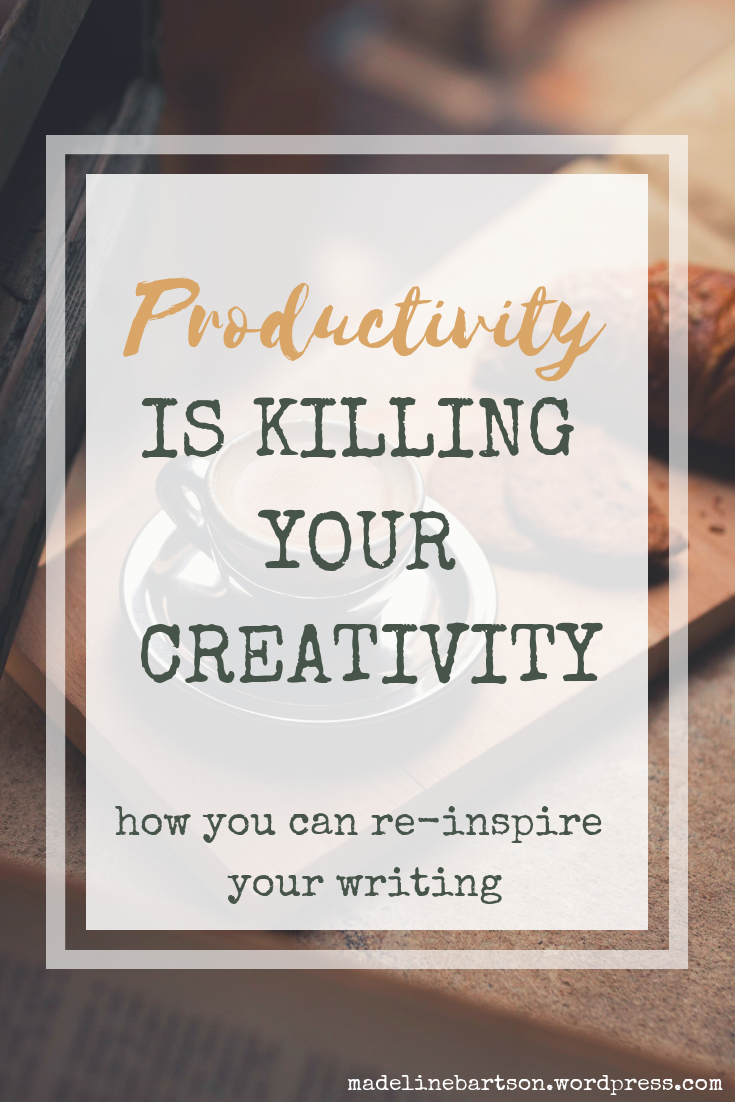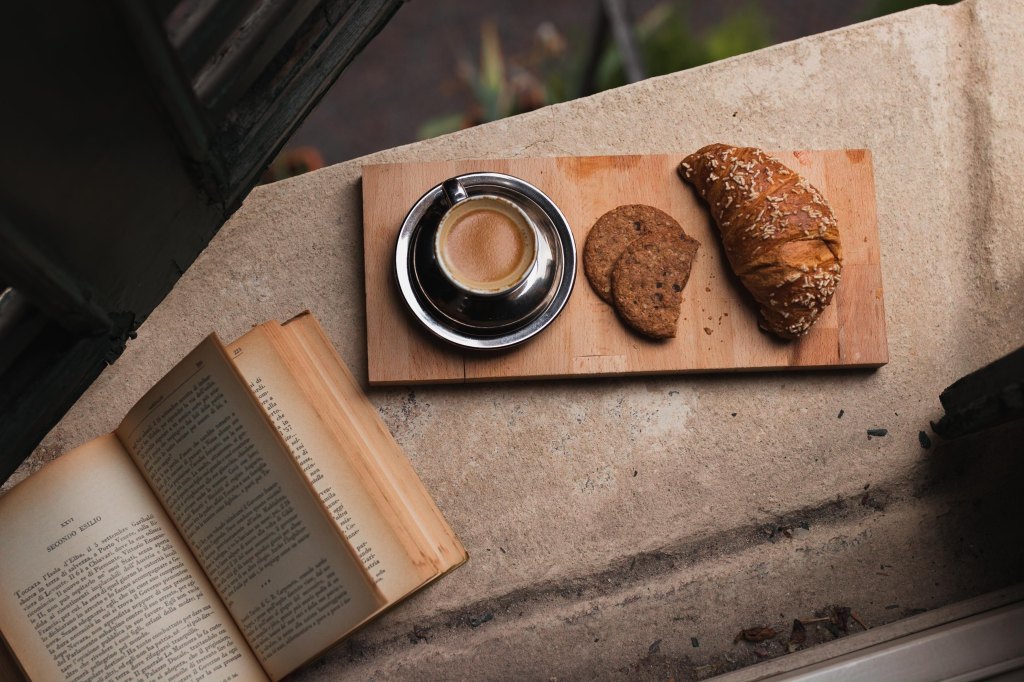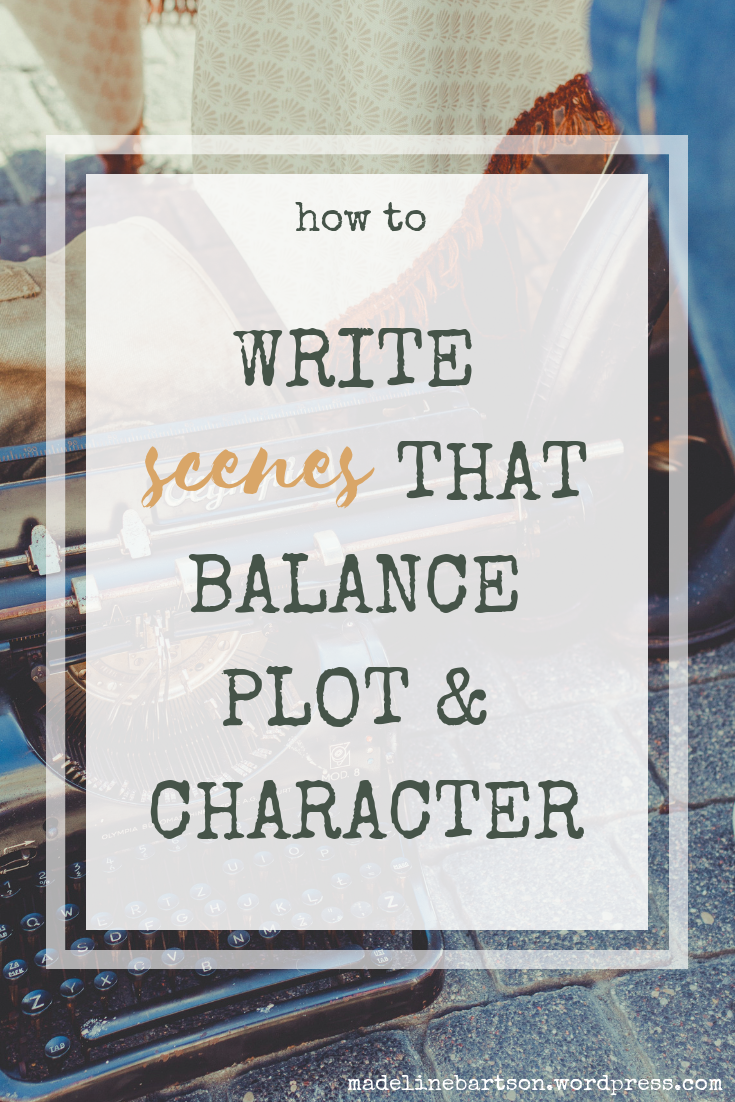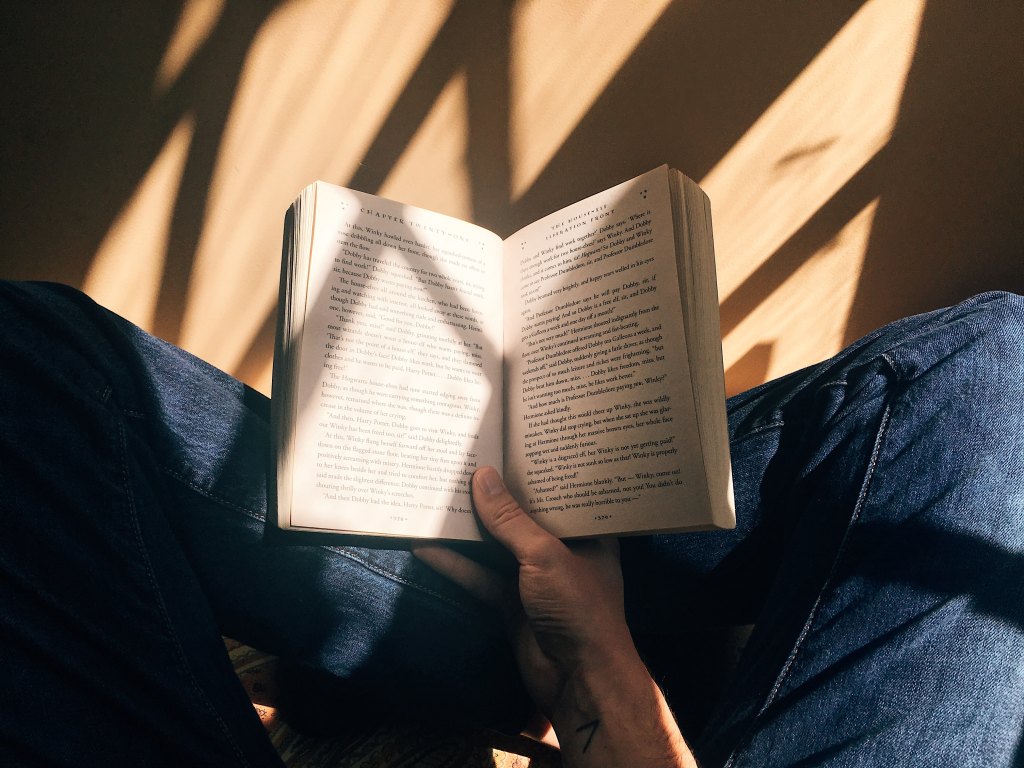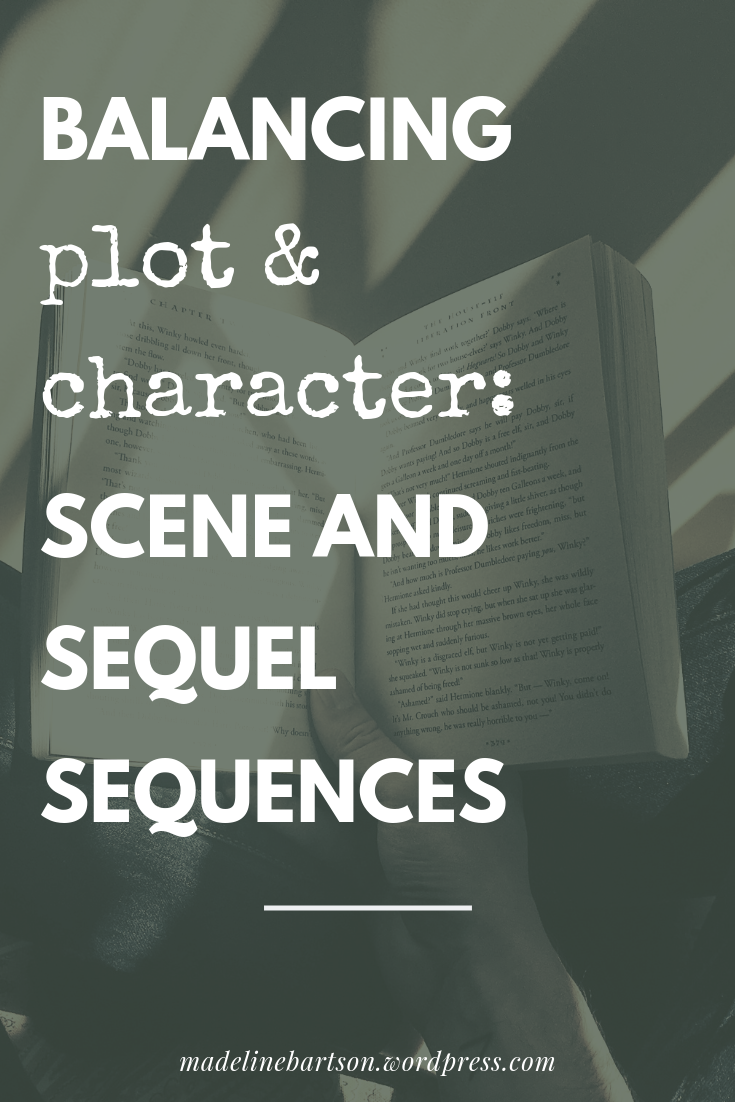 I’m about to graduate college in 14 days *cue the internal screaming* which means I’ve been doing this university thing for a loOoOong time. Like, 4 years long time.
I’m about to graduate college in 14 days *cue the internal screaming* which means I’ve been doing this university thing for a loOoOong time. Like, 4 years long time.
In those 4 years, I’ve learned a LOT about how to manage my time. In between classes, homework, group projects, work, extracurriculars, and having a life, I’ve made time for writing and this blog.
That being said, I’m still always looking for tips & tricks to help me manage my time better. I think that’s why I’m *slightly* addicted to instagram stories and watching vlogs — I love seeing how other boss creatives tackle the day and make time for their passion.
So, in a little final hoorah/celebration post, I thought I’d do both! I’m going to show you what a typical day looks like for me along with time management tricks I learned during college.

A TYPICAL SEMI-PRODUCTIVE MONDAY: CLASS & GETTING STUFF DONE
The very first thing is turn off my alarm. Then I set down my phone. I don’t do the whole “scroll through Instagram for half an hour before getting up.” This is one habit that I’m really proud of myself for developing!
Next I go about my morning routine: brushing my teeth, washing my face, saying my positive affirmations, stretching, meditating, journaling, reading, and eating breakfast (cheesy scrambled eggs and salsa!). This Monday was no different than any other morning.
7:30 a.m. — 8:00 a.m. get ready
I got dressed (plaid shirt, distressed jeans, and doc Martens aka what I wear basically every day) and put on some concealer.
I also grabbed everything I would need for the day BEFORE it was time to leave for class. This is my secret for avoiding last minute scrambling.
8:00 a.m. — 9:45 a.m. write
I’m reworking my current WIP’s plot and preparing it for another round of revisions. I LOVE outlining and any activity that lets me sit down and just work on the nitty-gritty of the story.
The amount of writing time I have varies from day to day. At most, I have 2.5 hours to write. At least, I have 1 hour. So today was kind of a medium day!
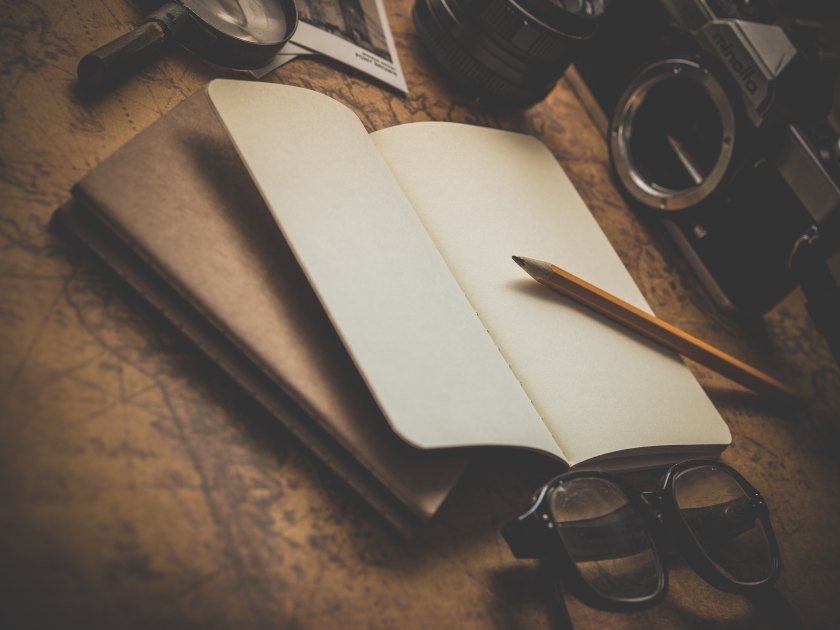
9:45 a.m. — 10 a.m. walk to class & coffee
I usually make coffee in the morning but MY KEURIG IS BROKEN. This super quick walk to class involved a pit stop for a black coffee, no creamer, no sugar.
10 a.m. — 10:50 a.m. class
Yay … I guess? I’m very grateful for my education, of course.
Somedays I’m really excited to graduate.
Other days I wish I could slow down time. Some days I even wish I would have paid more attention in class. This day was one of the former. ¯\_(ツ)_/¯
10:50 a.m. — 11:30 a.m. lunch & audiobook
I ate lunch (tofu burrito bowl … I’m a vegetarian if you didn’t know) and listened to Muse of Nightmares on audiobook.
*quick bookish rant* I didn’t like this book? At all?? Even though I LOVED Strange the Dreamer. Idk if it was the audiobook format but the pace was sooooo slow. Nothing happened. It was a whole lot of standing around and talking. I was very disappointed. 😦
11:30 a.m. — 11:45 a.m. social media
This is my first social media session of the day! I usually take the 15 minutes after lunch to hang out on social media. I like to spend this time on Pinterest pinning posts to drive traffic to this blog, and then the rest of the time I spend replying to comments and reading my fave blogs!
Honestly, this doesn’t always happen. But I try.
In case you needed some blog recommendations, here are my favorites to read:
11:45 a.m. — 12 p.m. walk to work & audiobook
Listening to my audiobook AGAIN. I listen to it on 2x the speed, so my 15 minute walk to work actually covers 30 minutes of audio, which I find impressive. I CAN READ AND WALK, GUYS.
12 p.m. — 3 p.m. work study job
I’m lucky enough to have a job on campus that allows me to do my homework 75-90% of the time! I usually save all my homework for this time.
This day I did readings for class and research for an upcoming group presentation.
I also worked an application for a paid internship. I’m trying to apply to 4 jobs and internships a week!

3 p.m. — 5 p.m. create content
Mondays are my days for creation. I’m taking pictures, outlining blog posts (like this one lol), and outlining instagram captions.
I really really really enjoy this.
5 p.m. — 5:30 p.m. dinner
I’m not going to lie — I usually microwave something because … how do I cook? I microwaved some creamy tomato penne soup.
5:30 p.m. — 5:45 p.m. social media
Social media round II. I spend this entirely on Instagram!
5:45 p.m. — 6 p.m. walk to night class
Wow, guess what I did while walking???
6 p.m. — 8:30 p.m. night class
Advertising campaigns!
My major is journalism. My minor is PR, but instead of taking PR classes, I chose the advertising route. I don’t know why?
Sometimes I love advertising.
Other times I feel kind of creepy and dirty about it. I’m not a huge fan of trying to tell people that they’re not enough, and therefore they need to buy stuff.
8:30 p.m. — 9:00 p.m. // walking all over campus
I had to grab something in my apartment, so I walked from the building I had class in to my apartment, got what I needed, and then ran back to the same building.
More audiobook time though so I ain’t complaining.

9 p.m. — 9:45 p.m. // extracurriculars
I’m not super involved in campus, but I do have the occasional extracurricular activity at night.
It’s fun because I’m a potato after dinner time anyways so. Mine as well be a potato having fun with other people.
9:45 — 10:30 p.m. // night time routine
When I got back to my apartment, I started my night routine. In this case, I did some yoga, showered, cleaned, planned out the next day, wrote in my journal, and brushed my teeth.
10:30 p.m. — 11:00 p.m. // read
I almost always read before bed. I went to bed a bit early, too because the next day I planned on being up at 6 a.m. to write before work!

3 TIPS FOR BEING A PRODUCTIVE STUDENT
It only took me four years to figure out how to be a productive college student. So … hopefully my four years of wandering aimlessly while trying to do All The Things™ will help you successfully do All The Things™ and still find time to enjoy yourself.
01. You’ll never suddenly have more time to do what you want. You have to make time.
You want to write. But two free hours, coffee, and a cozy writing spot won’t suddenly fall out of the sky. (it would be freaking awesome if they did tho)
If you want to do something, make time to do it.
And by make time, I mean give something less attention. This frees you up to focus on something else.
College is great because your schedule is pretty flexible. I know you have pockets of time somewhere. Maybe instead of going on Twitter for 15 minutes between classes, write.
02. Know how long it will take to get something done. Know how much time you have. Only put the things you have time to finish on your to-do list.
This will make you feel so much more accomplished! If I pile 20 things onto my to-do list for the sake of a to-do list but “only” get 15 things done, I’m going to feel like crap about my day.
On that note, don’t try and work too far ahead either. You’ll always be scrambling to get ahead. I know it may seem proactive to write the paper due next week NOW rather than later, but it’ll just stress you out. For literally no reason.
That doesn’t mean you should wait until the last minute. But you don’t have to always be working to get ahead. Be okay with being on track.
03. Rise & grind may not be the best way to do it?
Looking back on things, I wish I would have had a little less hustle and a little more flow. A little less bury-my-head-in-my-laptop and more look-up-and-enjoy-life.
That being said, I also wish I would have worked harder. So honestly who knows.
Life is all about balance. You probably won’t figure that out by the end of college. (if you do please hmu)
Where there’s the rise & grind, don’t forget the sleep & read.


What’s your favorite time management tip? How do you balance getting everything done with enjoying life? How’s your April going??
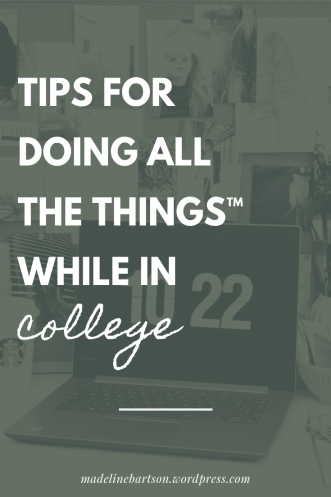



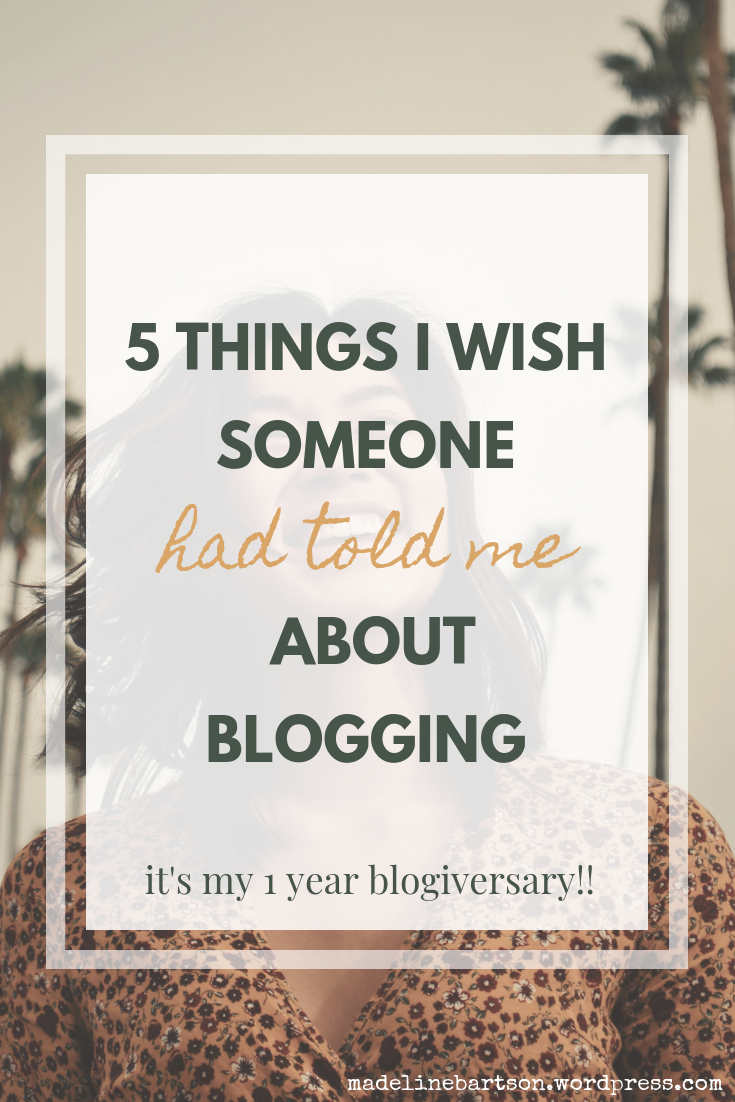

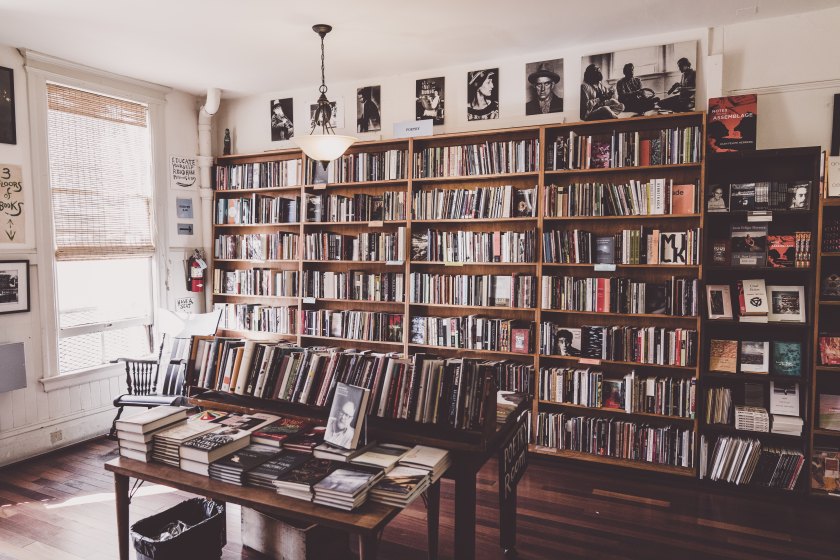


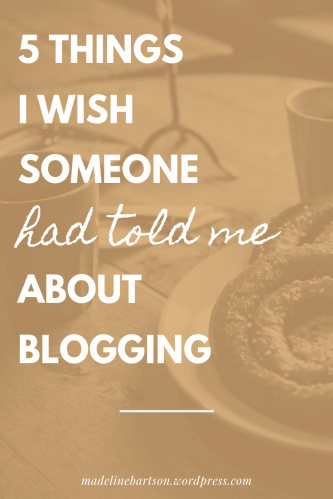
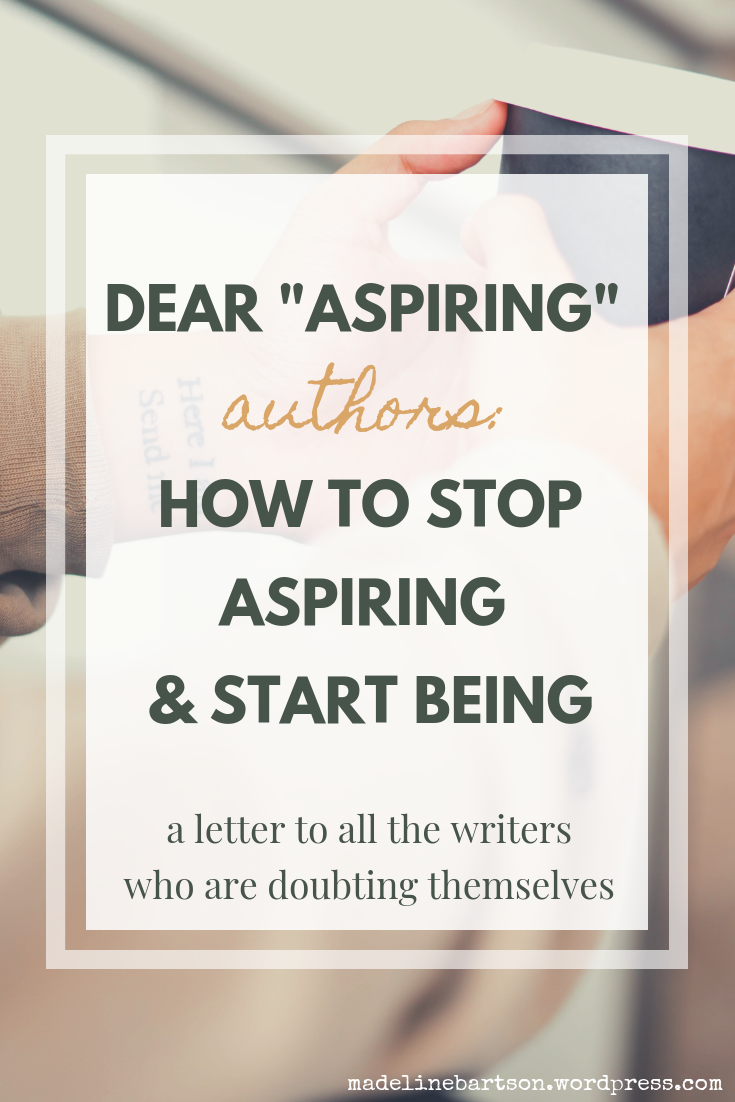
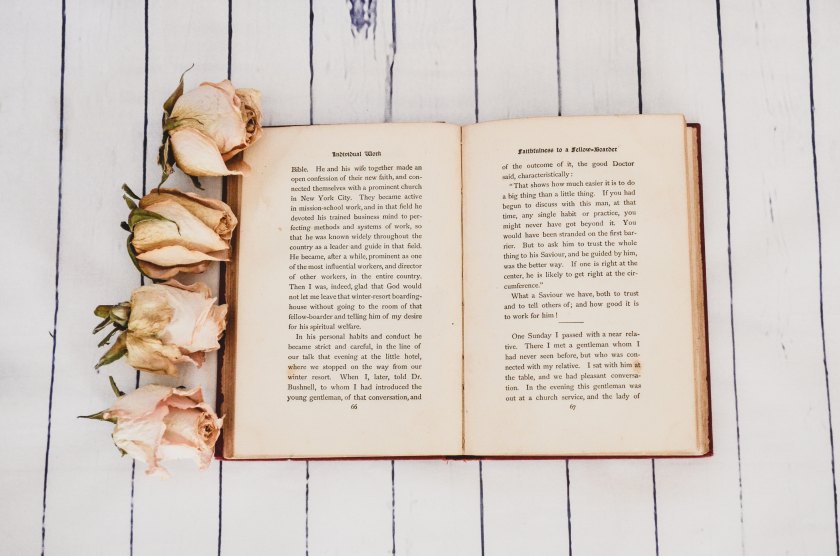

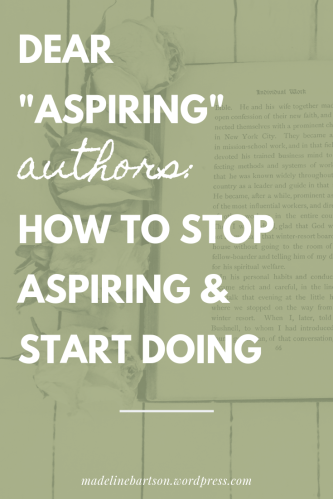
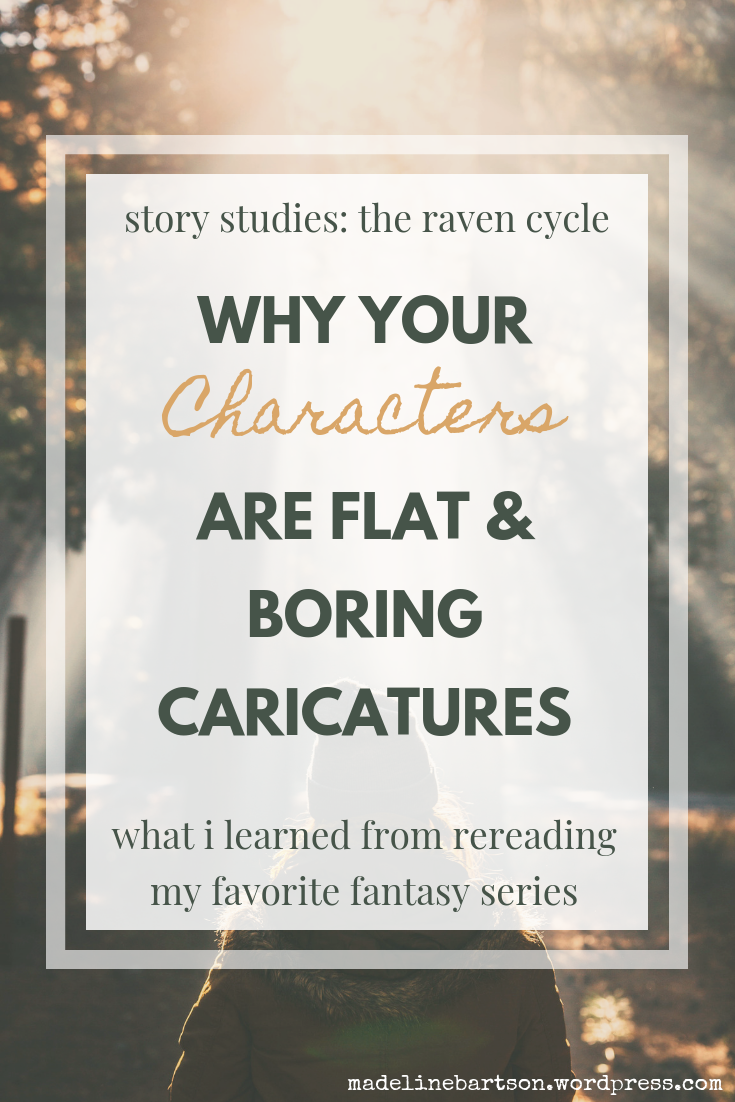
 I recently found the first three audiobooks of my favorite (and quite frankly THE BEST EVER) fantasy series The Raven Cycle at my library and I decided to give TRC a reread.
I recently found the first three audiobooks of my favorite (and quite frankly THE BEST EVER) fantasy series The Raven Cycle at my library and I decided to give TRC a reread. 

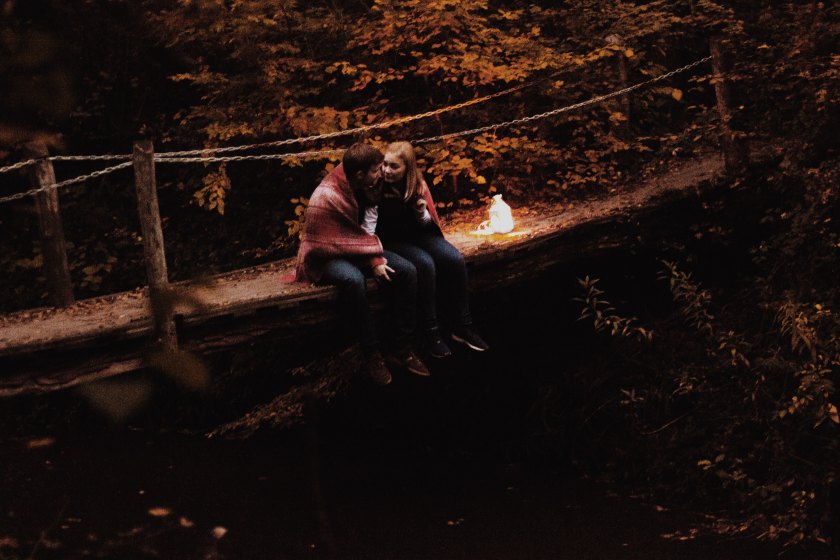
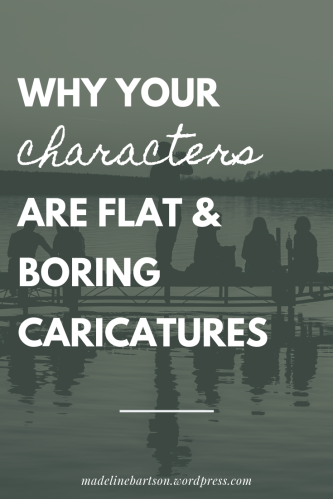
 I’m about to graduate college in 14 days *cue the internal screaming* which means I’ve been doing this university thing for a loOoOong time. Like, 4 years long time.
I’m about to graduate college in 14 days *cue the internal screaming* which means I’ve been doing this university thing for a loOoOong time. Like, 4 years long time.



